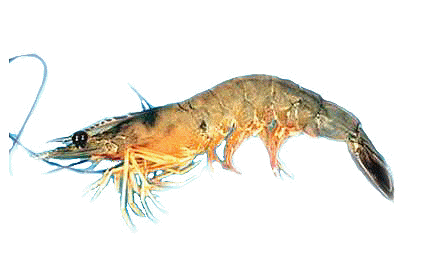|
|
|
||||||||
|
Identified by the United Nations' Food and Agriculture Organization as Northern Pink Shrimp, this species is also known as pink shrimp, spotted shrimp and brown spotted shrimp. Pinks are harvested along the South eastern coast as far North as Maryland and along the Gulf Coast including Mexico's Campeche Banks where volume exists. Gulf pinks have a sweet flavor and firm tender flesh and when cooked the flesh has a tinge of red and the shells deepen in color. Fresh pinks are marketed along the Gulf and Southeast Coast of the United States where they are landed. The fresh shrimp are often sold with there head on, giving the impression of high volume , but remember that the head equals two-thirds of the body's length.
Yellowing or a bleached appearance can indicate excessive use of bisulfite: pitted or gritty shells is a result of undisolved sodium bisulfite acting on the shell. Pink discoloration in raw shrimp means the shrimp have been poorly handled. Melanosis, or black spot is the natural deterioration of the shell and meat. The shell darkens first, often forming rings, followed by the meat. Not considered a true health hazard it does however indicate poor handling. Fresh shrimp should have the aroma of fresh seawater or seaweed.
|
|||||||||
|
|
|||||||||

